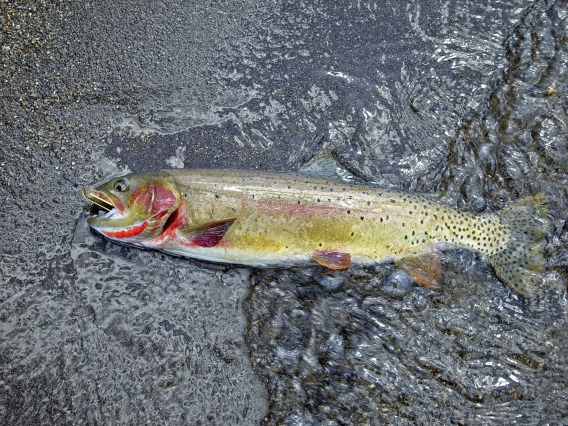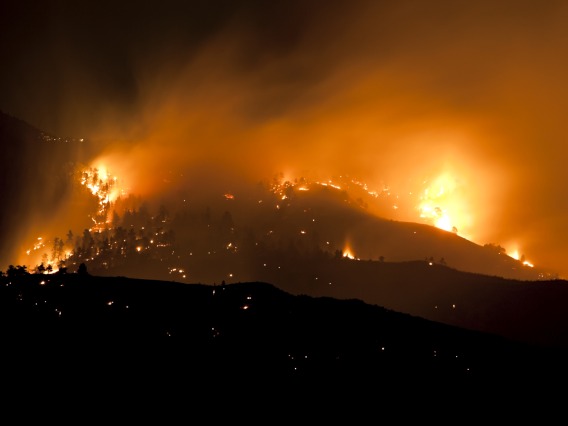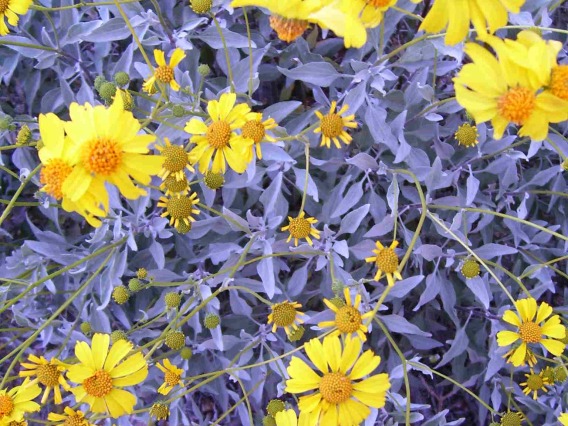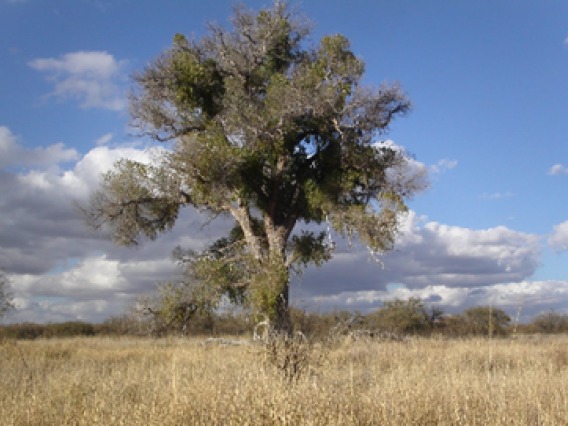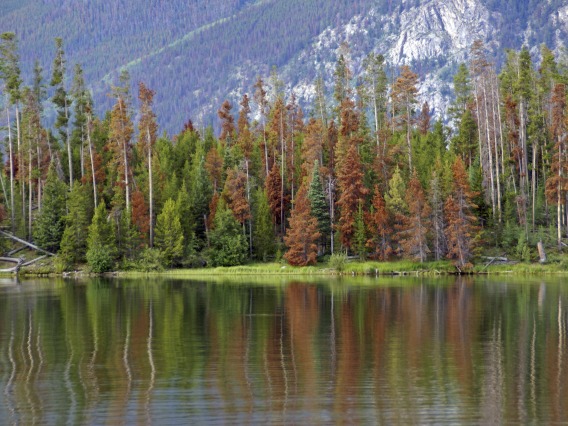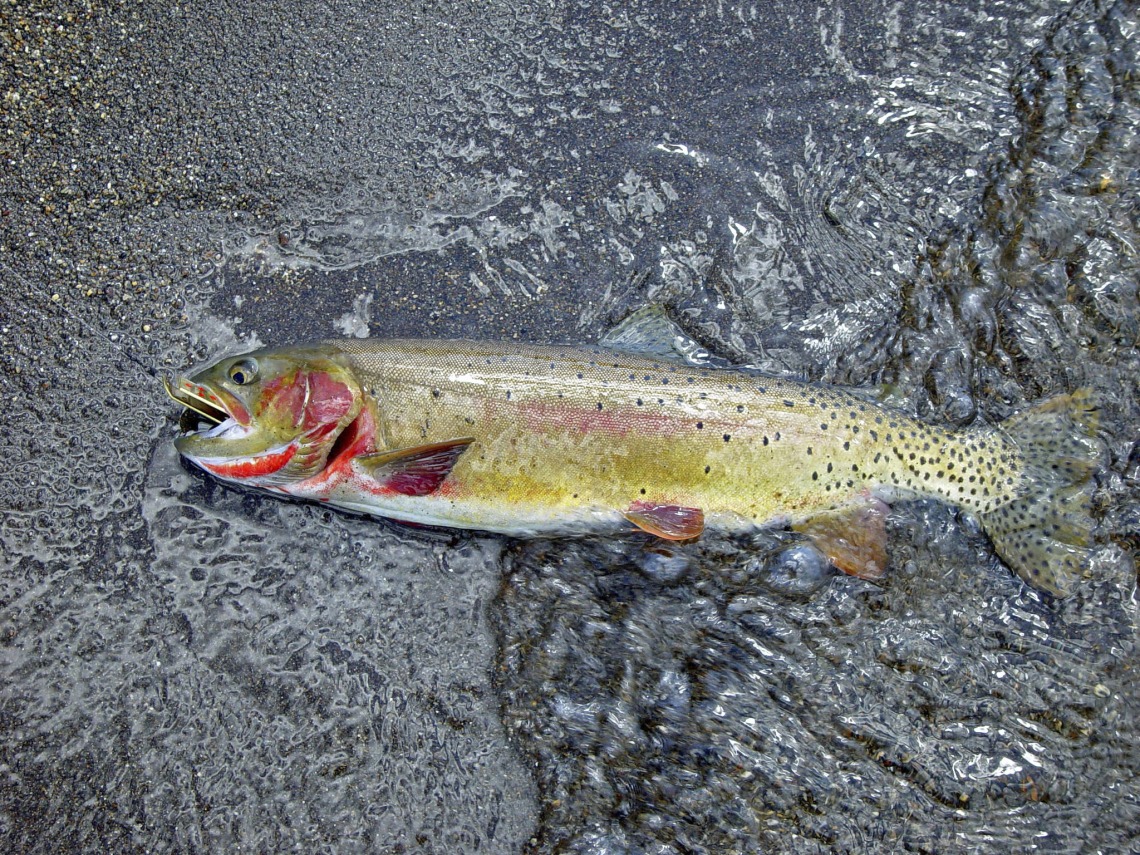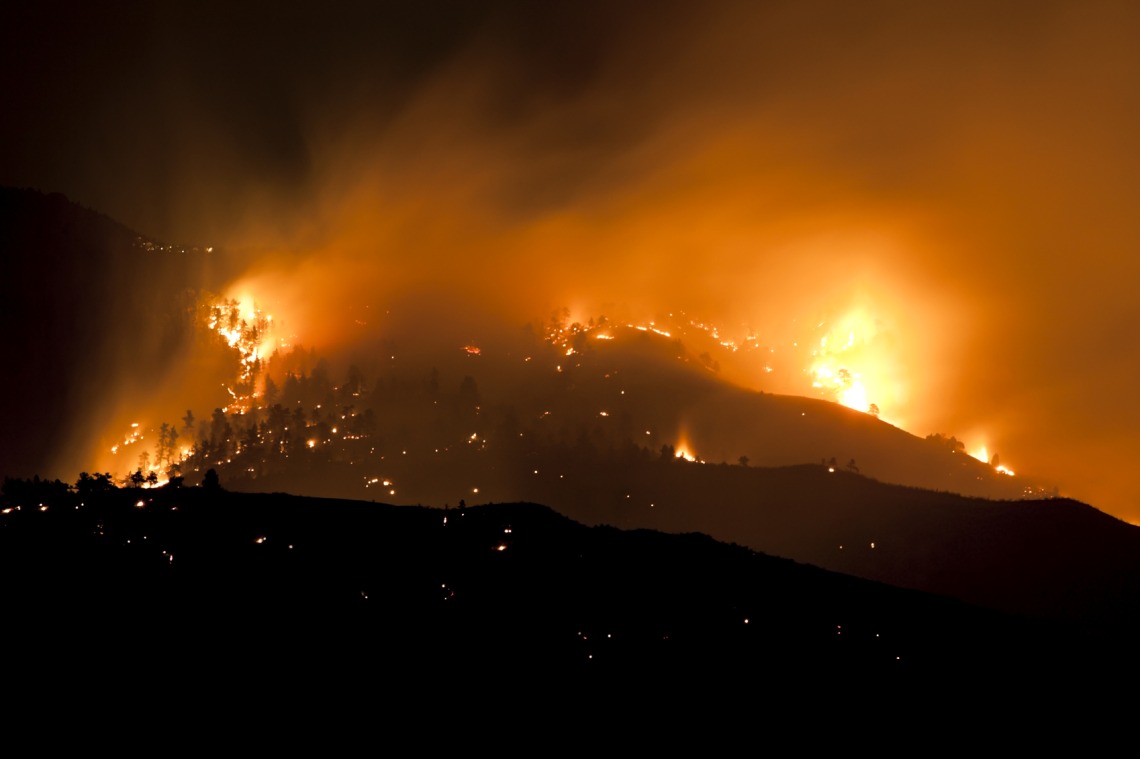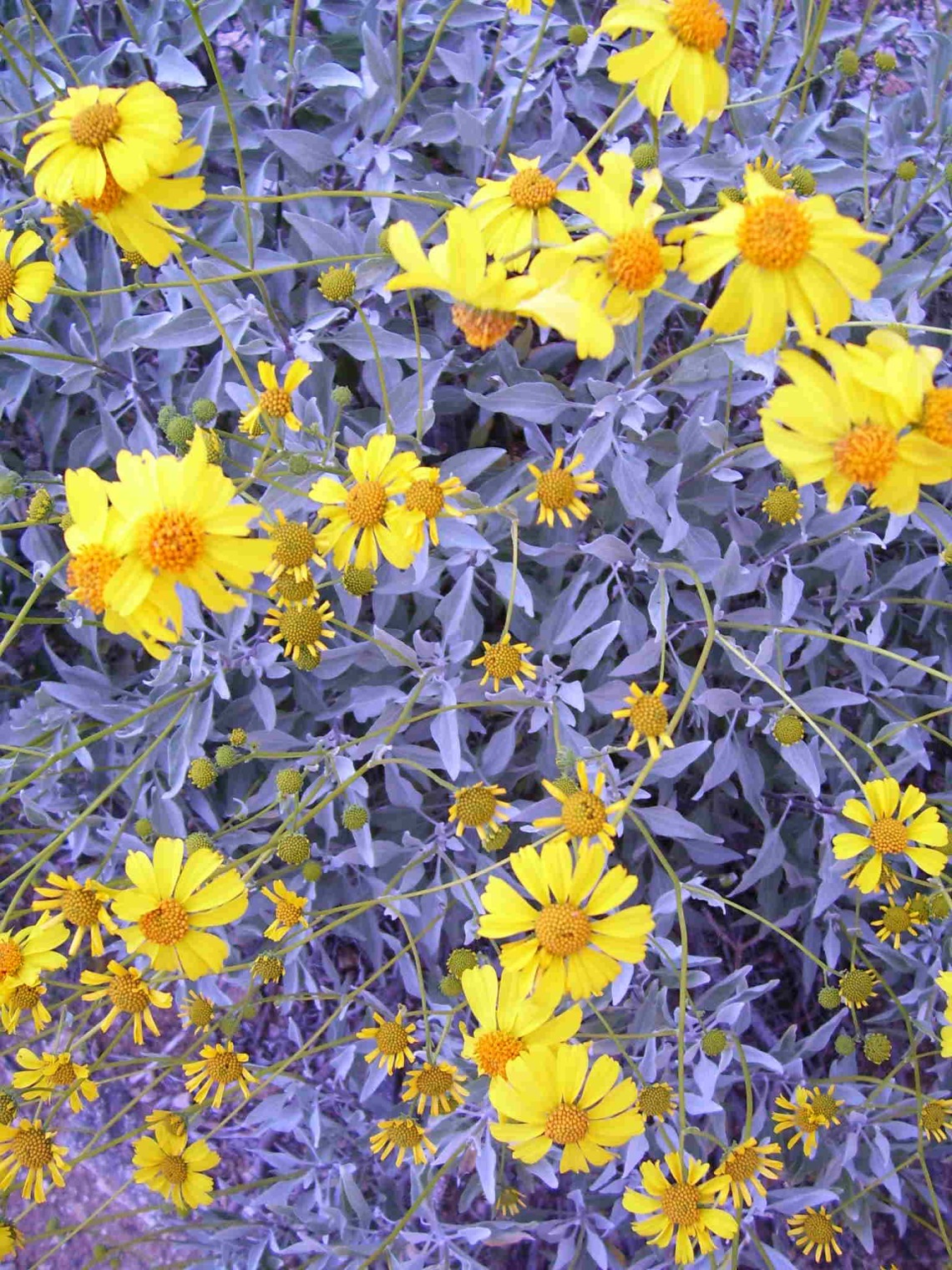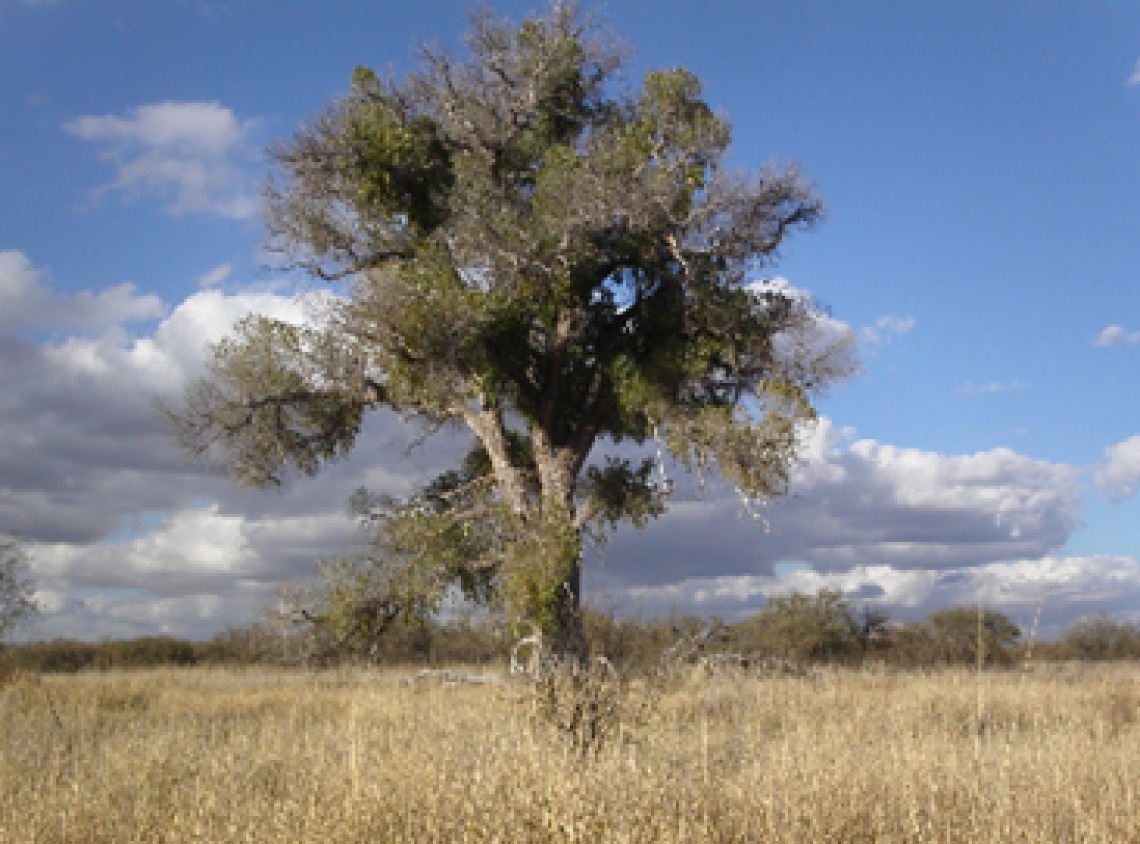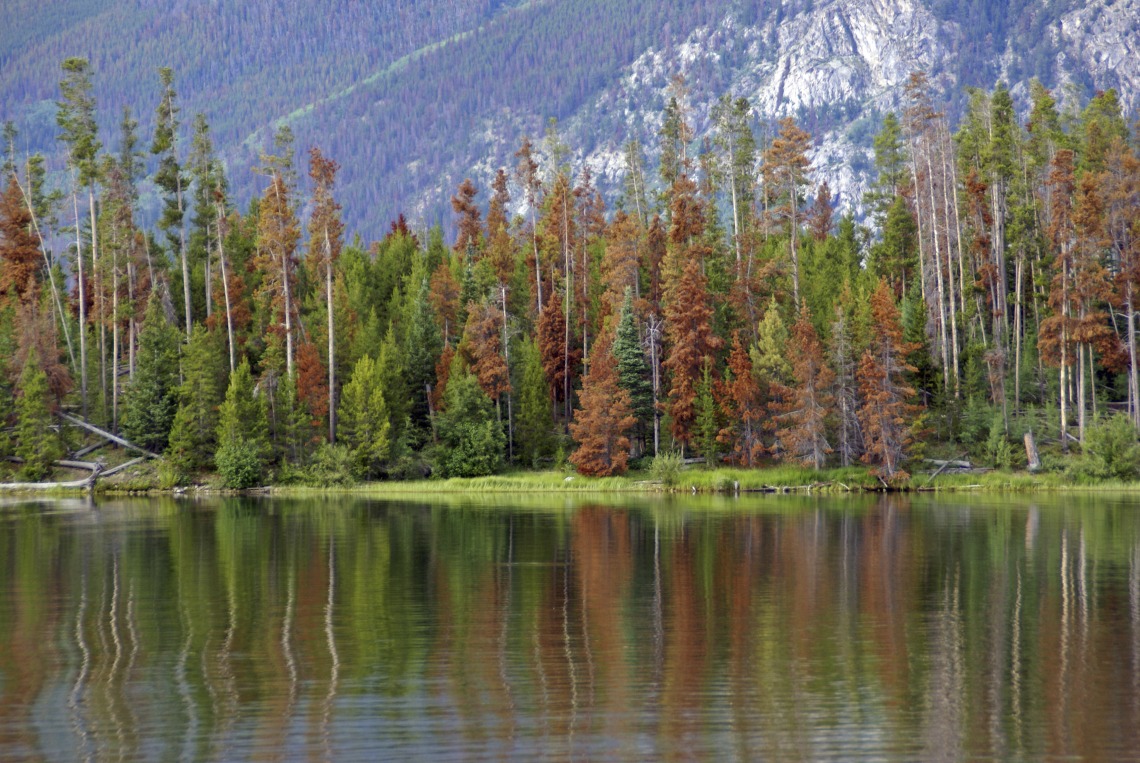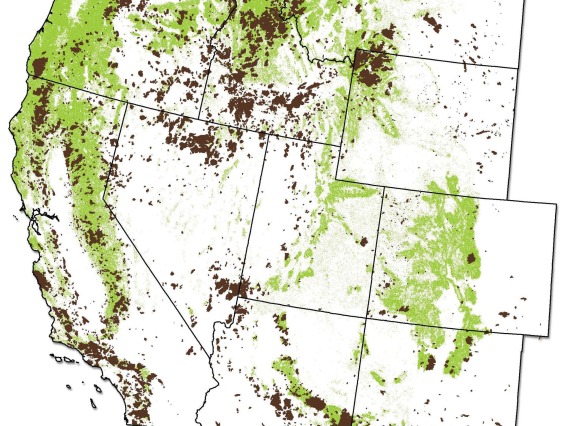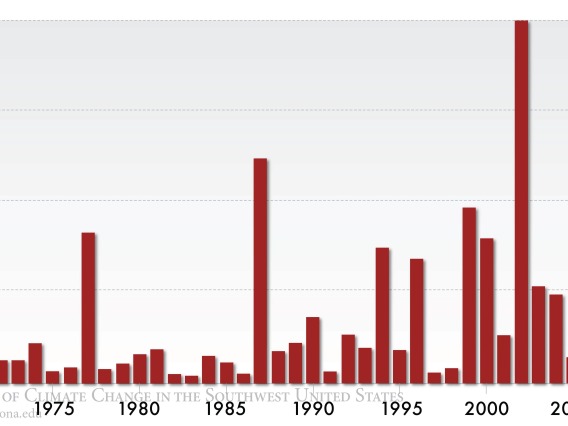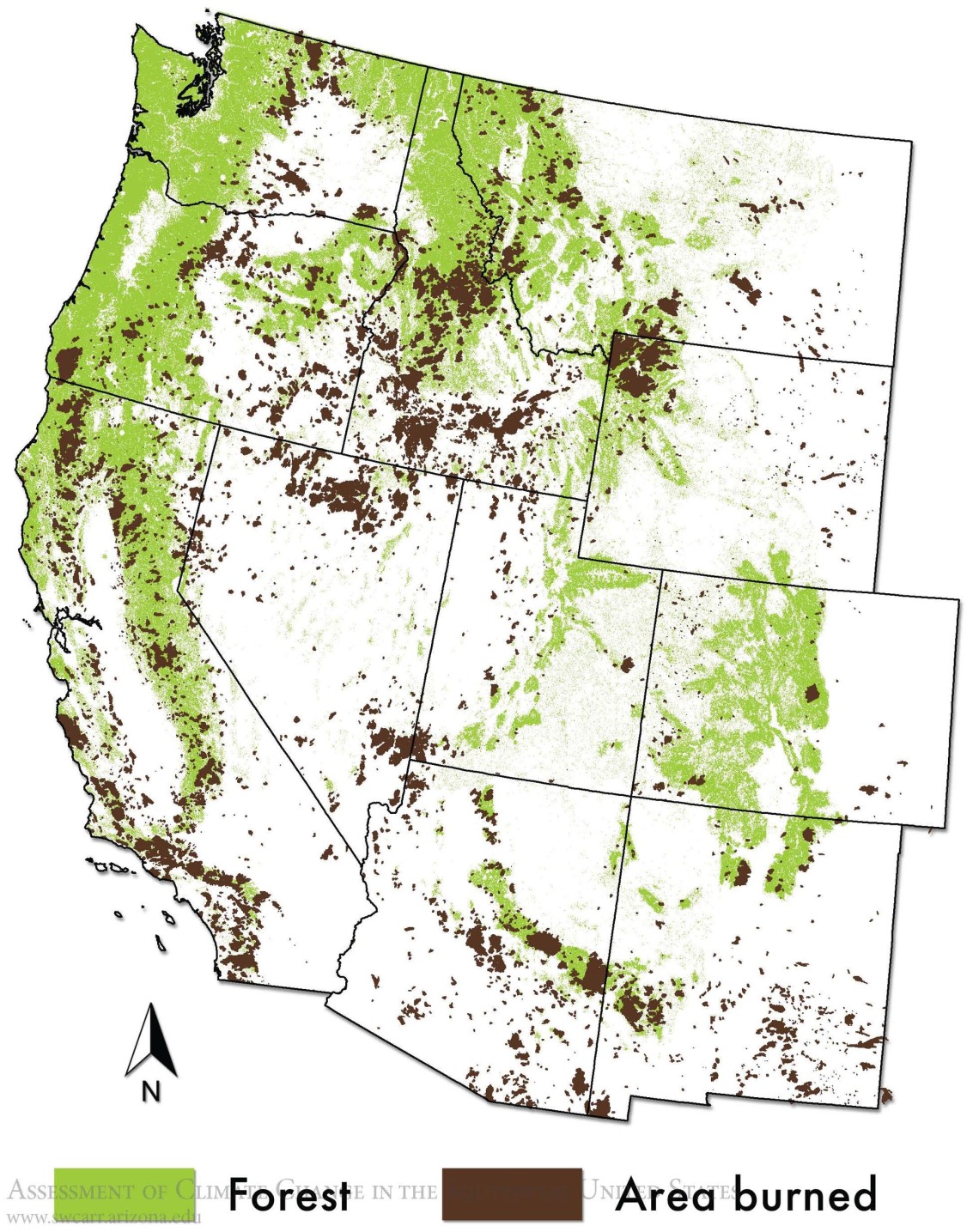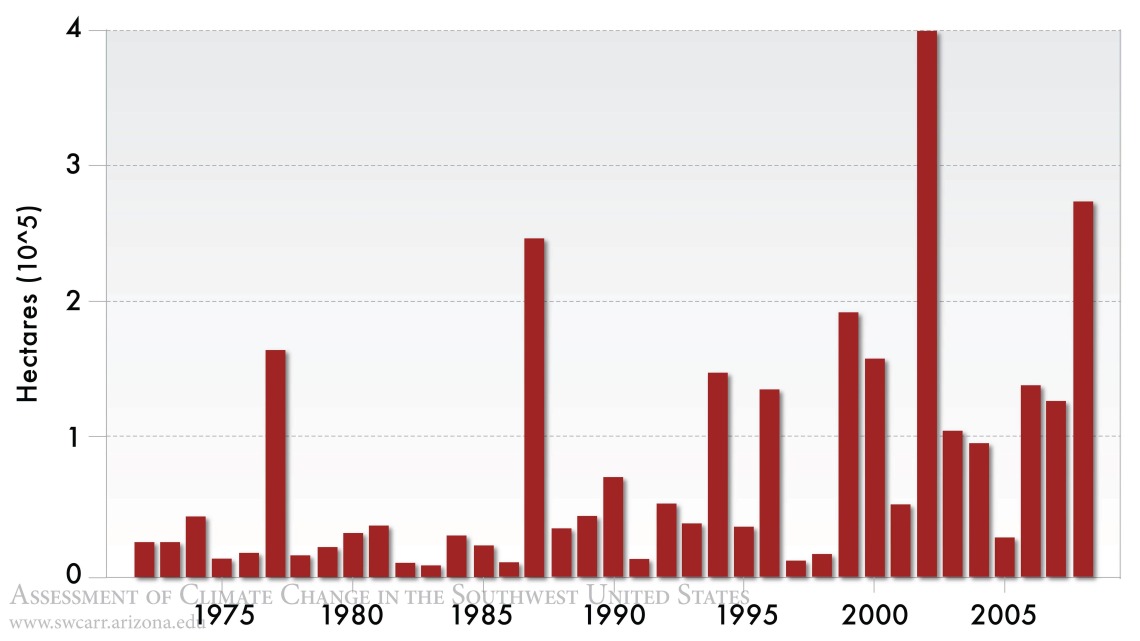Natural Ecosystems analyzes the association of observed changes in climate with changes in the geographic distributions and phenology (the timing of blossoms or migrations of birds) for Southwestern ecosystems and their species, portraying ecosystem disturbances—such as wildfires and outbreaks of forest pathogens—and carbon storage and release, in relation to climate change.
Citation:
Fleishman, E., J. Belnap, N. Cobb, C. A. F. Enquist, K. Ford, G. MacDonald, M. Pellant, T. Schoennagel, L. M. Schmit, M. Schwartz, S. van Drunick, A. L. Westerling, A. Keyser, and R. Lucas. 2013. “Natural Ecosystems.” In Assessment of Climate Change in the Southwest United States: A Report Prepared for the National Climate Assessment, edited by G. Garfin, A. Jardine, R. Merideth, M. Black, and S. LeRoy, 148–167. A report by the Southwest Climate Alliance. Washington, DC: Island Press.
Erica Fleishman (University of California, Davis)
Jayne Belnap (U.S. Geological Survey)
Neil Cobb (Northern Arizona University)
Carolyn A.F. Enquist (USA National Phenology Network/The Wildlife Society)
Karl Ford (Bureau of Land Management)
Glen MacDonald (University of California, Los Angeles)
Mike Pellant (Bureau of Land Management)
Tania Schoennagel (University of Colorado)
Lara M. Schmit (Northern Arizona University)
Mark Schwartz (University of California, Davis)
Suzanne van Drunick (Environmental Protection Agency)
Anthony LeRoy Westerling (University of California, Merced)
Alisa Keyser (University of California, Merced)
Ryan Lucas (University of California, Merced)

